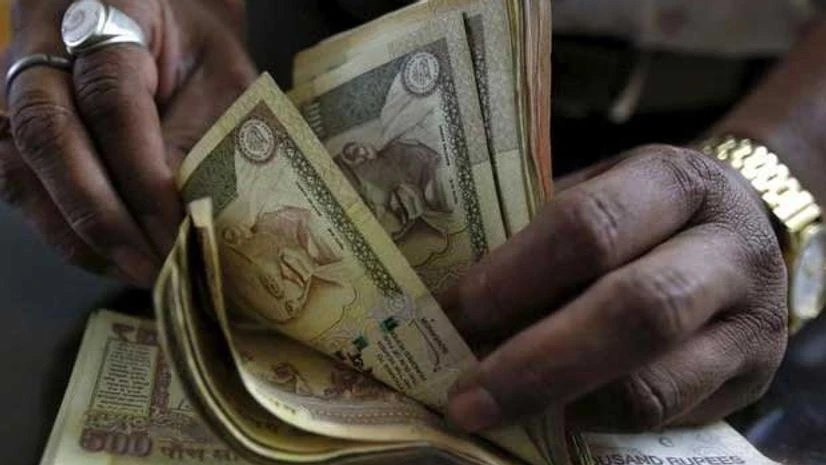The rupee is likely to remain steady for the rest of the fiscal helped by strong macroeconomic fundamentals, which will lead to higher capital inflows and a comfortable balance of payment situation, says a report.
"The key reasons for the expecting stability in the rupee are better macroeconomic fundamentals of the economy among the emerging economies, a comfortable balance of payment situation, the postponement of policy normalisation by the US Fed to December 2015 or maybe to 2016 and a healthy capital inflow," India Ratings and Research said in a report today.
The rating agency expects the rupee to trade in the range of 64.50-66.25 for the remainder of 2015-16. The rupee today opened at 64.74 as against the previous close of 65.03.
It does not foresee much turmoil in the global financial market if the US Fed raises rate either in December 2015 or takes it to 2016.
The report said some short-term volatility in the rupee can occur due to readjustments carried out by foreign institutional investors in their portfolios towards the year end or in the beginning of 2016.
"However, since the rupee is currently overvalued in terms of the real effective exchange rate, some amount of nominal depreciation in the currency will only enhance the competitiveness of the country's exports and therefore, is unlikely to lead to any policy or RBI intervention," the report said.
The decision of Central Bank of China to allow the yuan to depreciate by 3.4 per cent over the two consecutive days -August 11 and 12, 2015 -- rattled the emerging market currencies in that month.
Despite witnessing some volatility and depreciation, the rupee has remained one of the most stable emerging market currencies, the rating agency said.
It had depreciated 3.11 per cent till end-September 2015 when it ended at 65.74 on September 30, but recovered to 64.78 by October 9.
According to the report, the better macroeconomic fundamentals of the country in August 2015 saved the day for the rupee.

)
